This week the Digital Imaging Unit have been photographing the Gibeon nickel iron meteorite EUCM.110.759. This fell in prehistoric times in Namibia, named after the nearest town. Made into tools by the Nama people. Analysed and confirmed as a meteorite in 1836. The wonderful pattern is called a Widmanstätten pattern. We have also been photographing the Imilac stony iron pallasite meteorite EUCM.0647.2008 found in the Atacama Desert in Northern Chile in 1822. The meteorites along with some amazing fossilized rain drops and various crystals will all feature in an exhibition opening in the Main Library exhibition space on December the 5th called Collect.ed.
Malcolm Brown
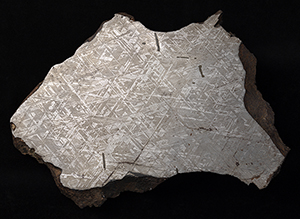
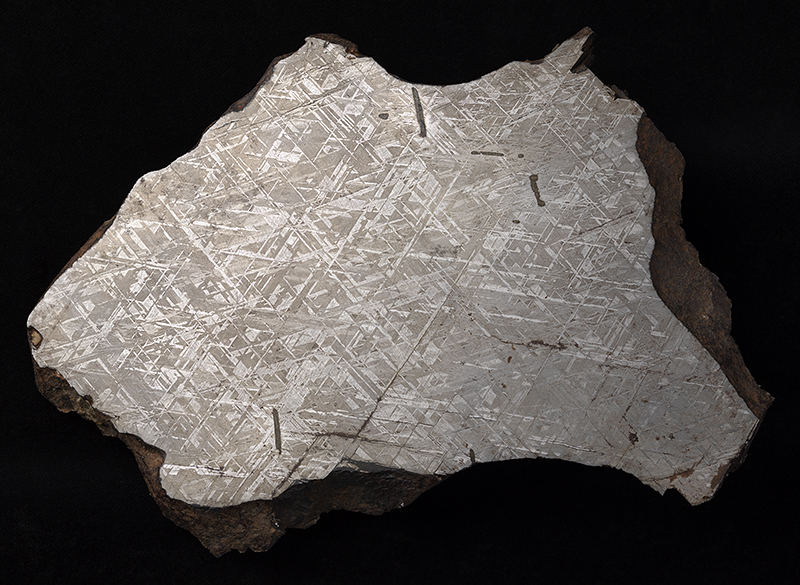
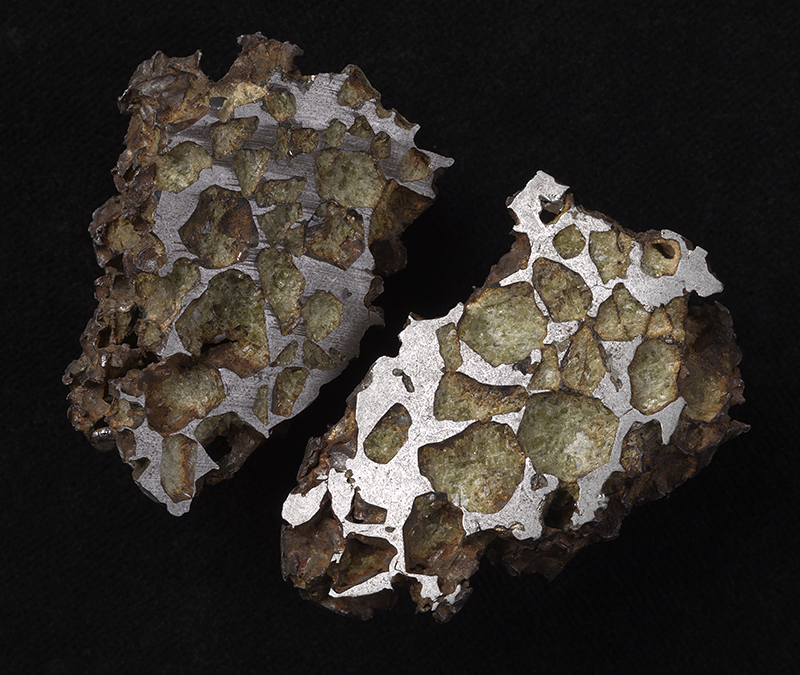
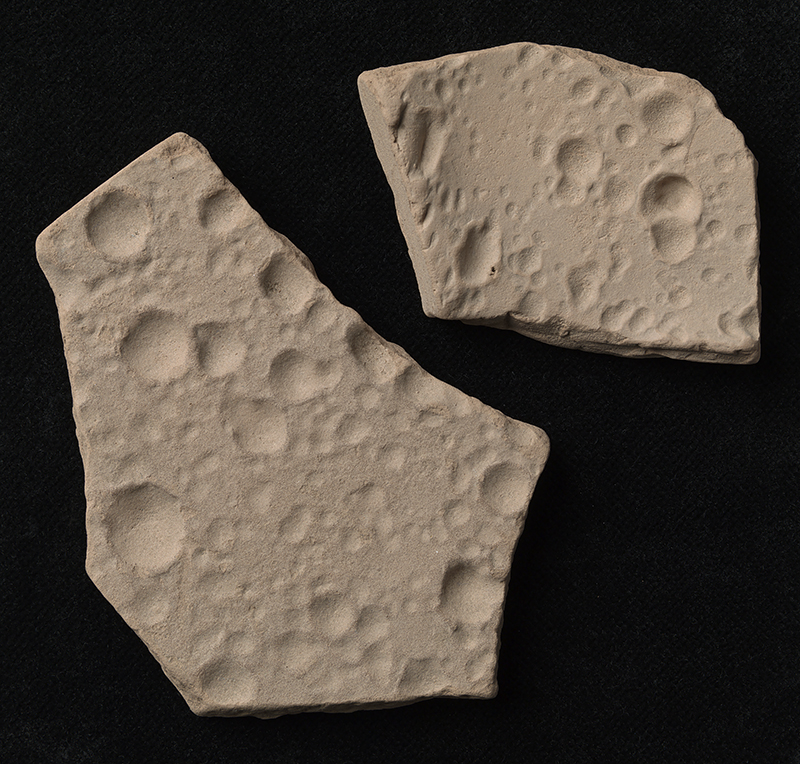
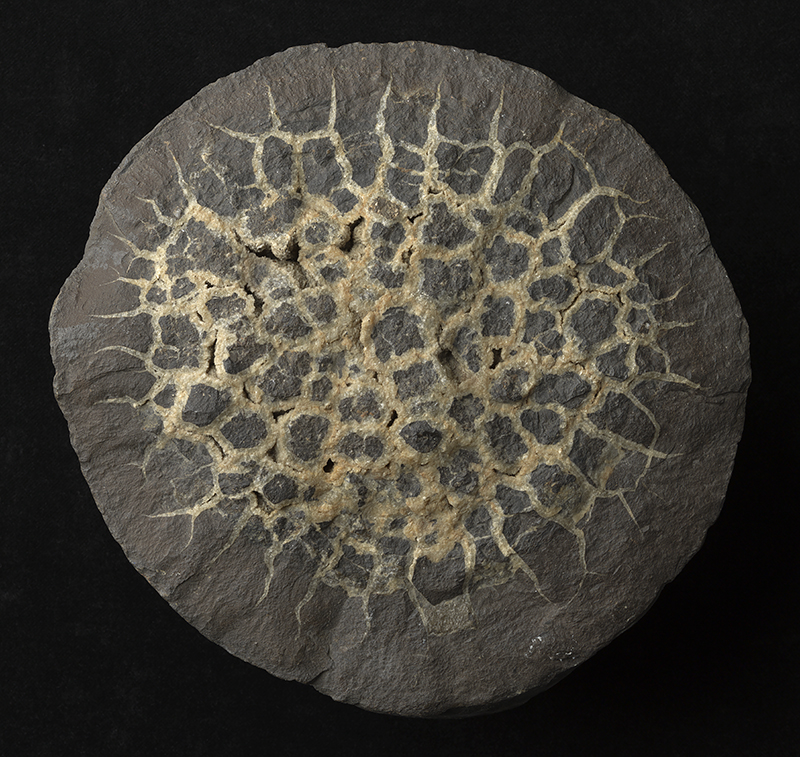
The final image is of a septarian concretion – they remain a curiosity as geologists are unsure how they are formed! Cracking photos Malcolm 🙂
Cracking subject matter thanks to your curatorial eye Emma! I am really looking forward to the opening on the 5th of December.
Oh dear it was pointed out to me that “Windmanstatten” is a typo… its actually spelt “Widmanstätten” (sorry Malcolm).
Everyone up in the Grant Inst is very excited about the exhibition too 🙂
Did you take any other photos? I thought I heard the Quartz was having a photo shoot too?
Thanks Gillian! That is one reason blogs are useful. Yes just finished processing the Quartz.Fantastic material to work with. The meteorites are just awesome objects.
I am loving that you enjoyed photographing the objects so much 🙂 I saw the Quartz this afternoon… Amazing pictures thanks for getting them taken so quickly.
Amazing, I didn’t know that raindrops can be fossilised.
Great pictures as well!